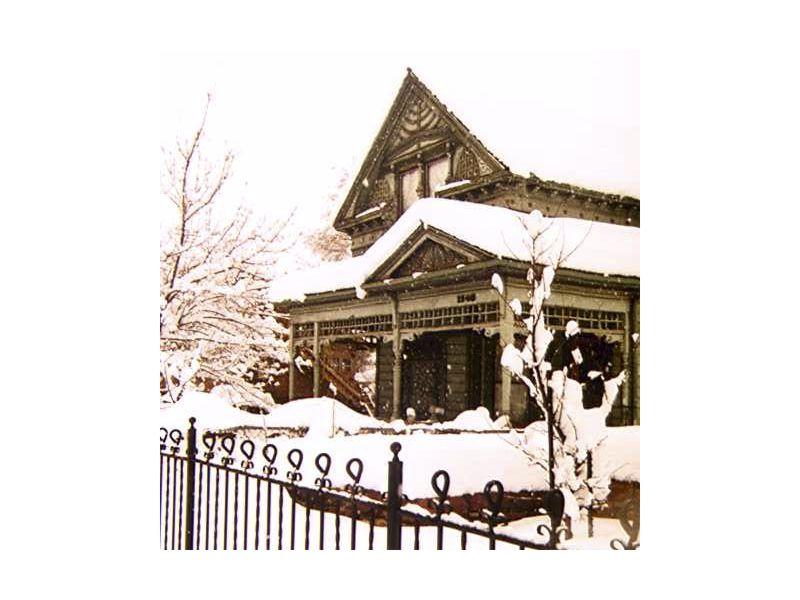
Building maintenance tips that will help keep you warm this winter
by Darcy Mertz Krewson.
As fall quickly begins to turn to winter, attentions turn to cold weather maintenance. It doesn’t matter if the building is old or new, the steps are the same:
- Insulate
- Seal and caulk
- Repair and service
Here are a few easy tips to help you to be warm and cozy this winter.
- One of the largest areas for potential heat loss is a non-insulated or under insulated attic space. As we all know, heat rises so making sure there is adequate insulation in the attic is one of the best ways to keep warm air in and the cold out. And don’t forget the attic hatch! A common mistake is not insulating the hatch which leaves a significant amount of space for that precious heat to escape. Make sure the attic hatch is as well insulated as the rest of the space.
- The basement or crawl space is another prime place to lose heat, but be mindful of the complications created by the dampness that is often present there. A well insulated basement will go a long way to improving efficiency and reducing those winter heating bills.
- Other areas frequently guilty of poor heat retention include ductwork and pipes. Seal around utility openings where they penetrate from the outside and wrap the pipes and ducts in the appropriate type of insulating material. A properly wrapped hot water pipe may also reduce usage because the water will stay hotter as it travels through cold areas to your faucet or shower. Infamous for being very drafty, be sure to install insulating foam at electrical outlets and switches.
- Thoroughly inspect all doors, windows and any points of penetration for air leaks. Replace or add as necessary weather stripping at doors and windows, caulk around cable openings, and seal gaps. Now is the time to repair any broken window panes, loose or damaged wood parts and exterior siding. You should also get your furnace serviced and the filters changed before winter sets in.
- One of the simplest things to do is to just keep the chimney damper closed when it is not in use. Experts estimate that as much as 8% of the heat in your house can escape through an open damper. Another very easy way to thwart the cold is to replace those lightweight window treatments for some made from a heavier, better insulating fabric. There was a good reason the Victorians used heavy velvet draperies in the wintertime – they help keep the place warm!
Finally, a quick note on storm windows for your historic building.
Storm windows are often an excellent way to add efficiency to your historic building, but be sure to check your local historic design guidelines for any restriction or requirements. For a more appealing outcome, match the sash design of the original windows and the color of the original window frame, be sure they fit tightly within the window opening without the need for sub-frames or panning around the perimeter, and set the sash of the storm window back from the plane of the wall surface as far as possible.
With a little effort and a few simple steps, you can be warm and toasty all winter long.
For more tips on winterizing:
Weatherization Guide for Older & Historic Buildings
Do-No-Harm to Historic Buildings – Do not destroy anything and preserve as much as possible. Be a steward of our historic buildings and show a deep level of respect for them.

0 comments